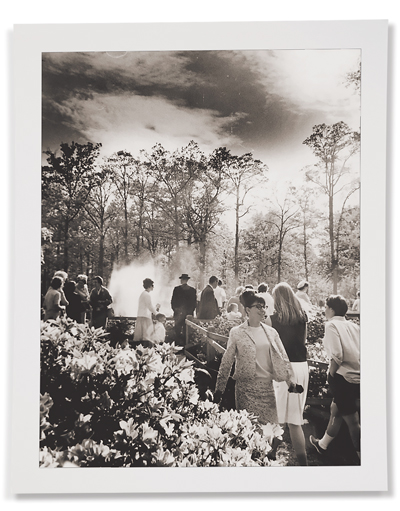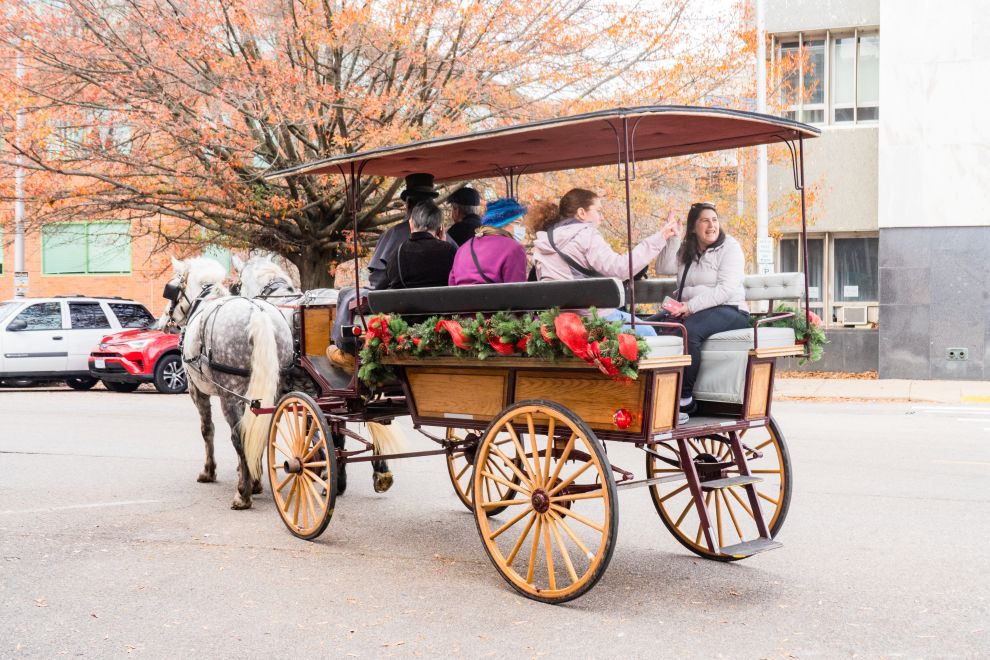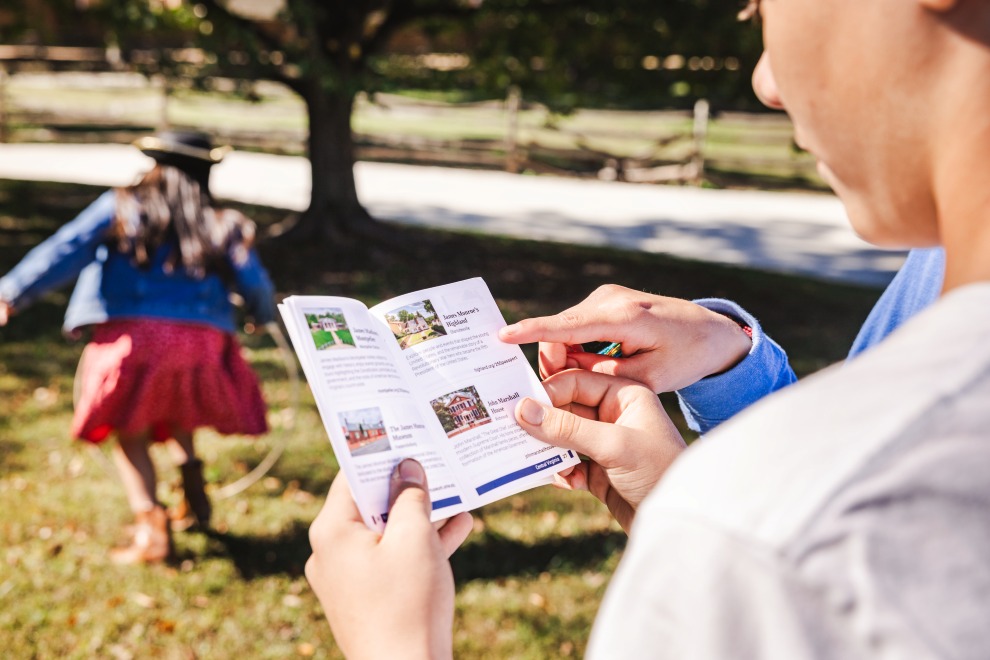In 1908, the publisher of the Richmond Times-Dispatch died. The next year, Joseph Bryan’s widow bought a 262-acre estate called Rosewood and gave it to the City of Richmond to establish a free public park called Bryan Park in her late husband’s memory. This land was rich in ponds, streams, wetlands – and history. For example, in this park, Young’s Spring was the planning site for Gabriel’s failed slave rebellion in 1800.
 Acquired at a time when Richmond first began to dabble in a more structured approach to city planning, the area provided Richmonders with an escape from congested, polluted city life. By the 1920s and the dawn of the automobile craze, however, the park began to draw interstate tourists on their way to Florida. That’s when the City established an auto-tourist camp in the park, where tourists could take advantage of free camping for up to ten nights.
Acquired at a time when Richmond first began to dabble in a more structured approach to city planning, the area provided Richmonders with an escape from congested, polluted city life. By the 1920s and the dawn of the automobile craze, however, the park began to draw interstate tourists on their way to Florida. That’s when the City established an auto-tourist camp in the park, where tourists could take advantage of free camping for up to ten nights.
Years later, as the national mood changed, so did the park. During the Great Depression, the park employed forty-eight Works Progress Administration workers who built comfort stations, roads, bridges, and water management infrastructure –such as dams, sewers, and spillways – to manage stormwater, which proved difficult in the southeastern section of the property. In 1952, the superintendent of grounds and structures saw an opportunity in this persistent problem. After the failure of an azalea garden in the sandy soil of Forest Hill Park, the city planted 5,000 azaleas in this problematic area. An immediate success, this garden gradually expanded to more than seventeen acres, with 50,000 azaleas supported by an irrigation system.
Thus began the heyday of the park, which drew approximately 250,000 visitors in 1967. Such extensive infrastructure, however, was too expensive for the city to maintain. Development around the park area also began to take its toll. By the early 1970s, the park began to show the effects of pollution from sewage, nearby development, and Interstate 95.

A 1973 chemical spill and 1980 diesel spill contaminated the ponds and killed hundreds of fish. As the tranquil, natural environment degraded, the ailing park began to draw a different kind of visitor. The wide, forest-hidden roads built to accommodate the auto campers of the 1920s provided the perfect opportunity for cruising, partying, and other risky activities.
Through the 1980s, trash and pollution prevailed, creeper choked out the azaleas, and the City itself had commandeered twenty acres for an illegal stump and brush dump. The park’s condition had become so dire by 1994 that the city manager proposed turning eighty acres into a golf course. With this suggestion, Richmonders rallied to action to both oppose the golf course and restore the park. That year, the Friends of Bryan Park mobilized to clean up trash, clear weeds, and revive the neglected gardens with the Adopt-An-Azalea program. In just a couple years, their volunteer work made this historic park, yet again, a pleasure to visit.

Photo: P.A. Gormus, Jr., Richmond Times-Dispatch Collection, The Valentine





